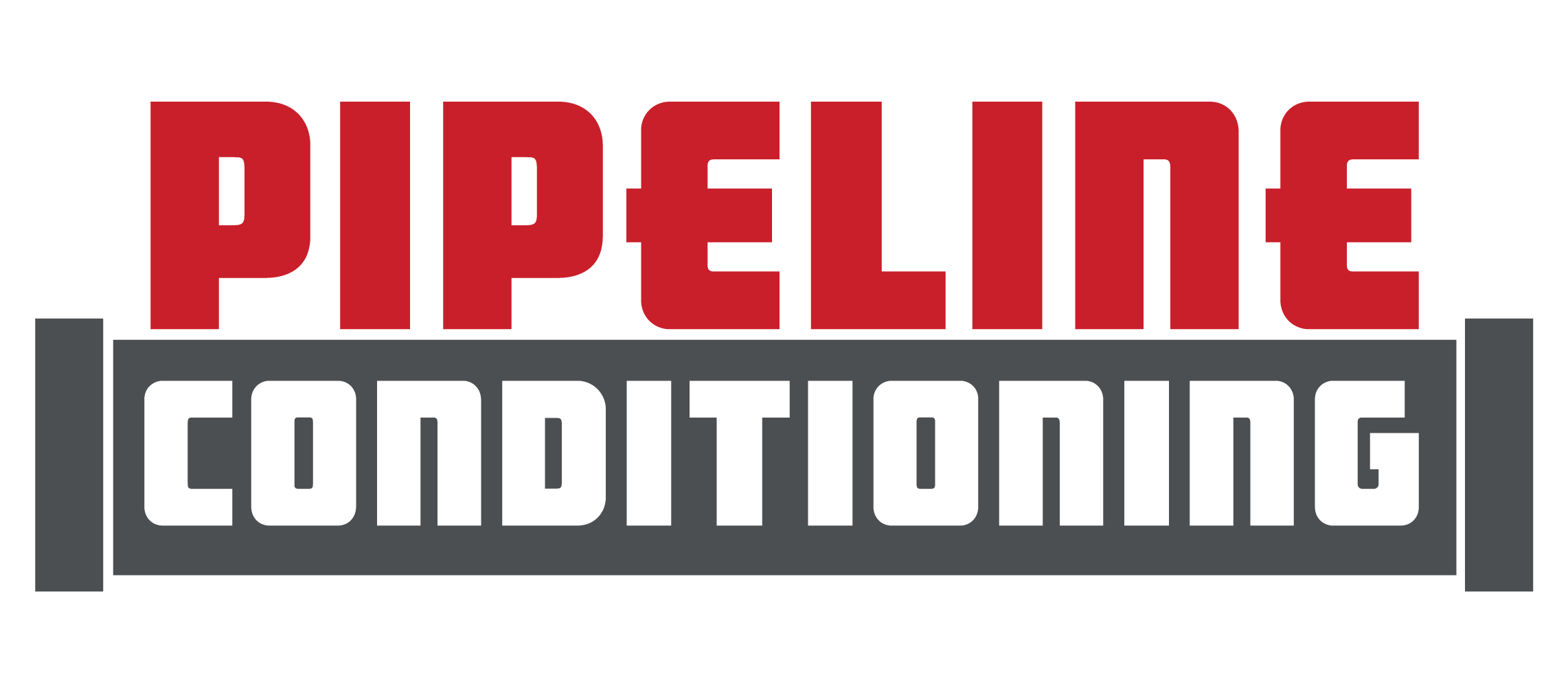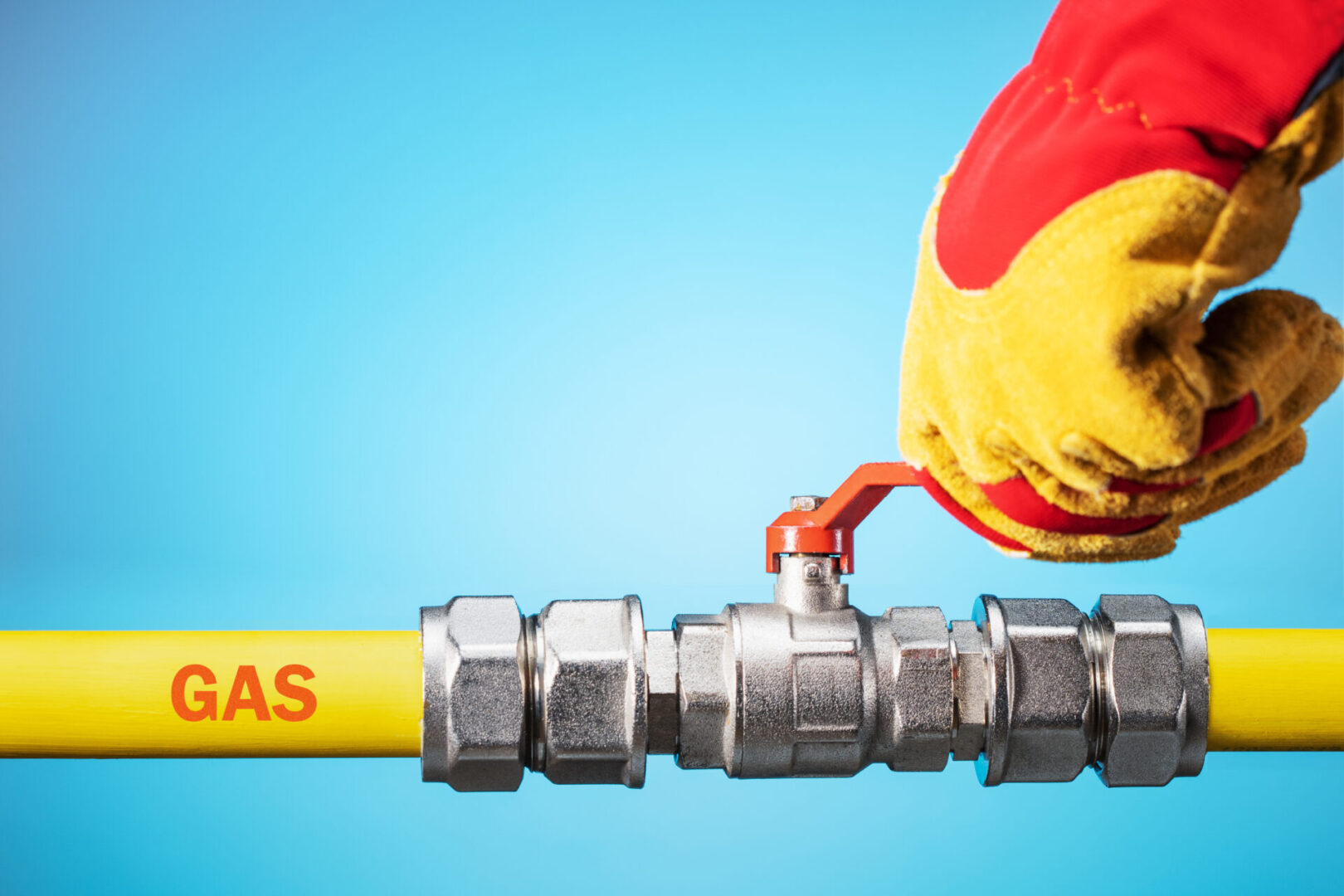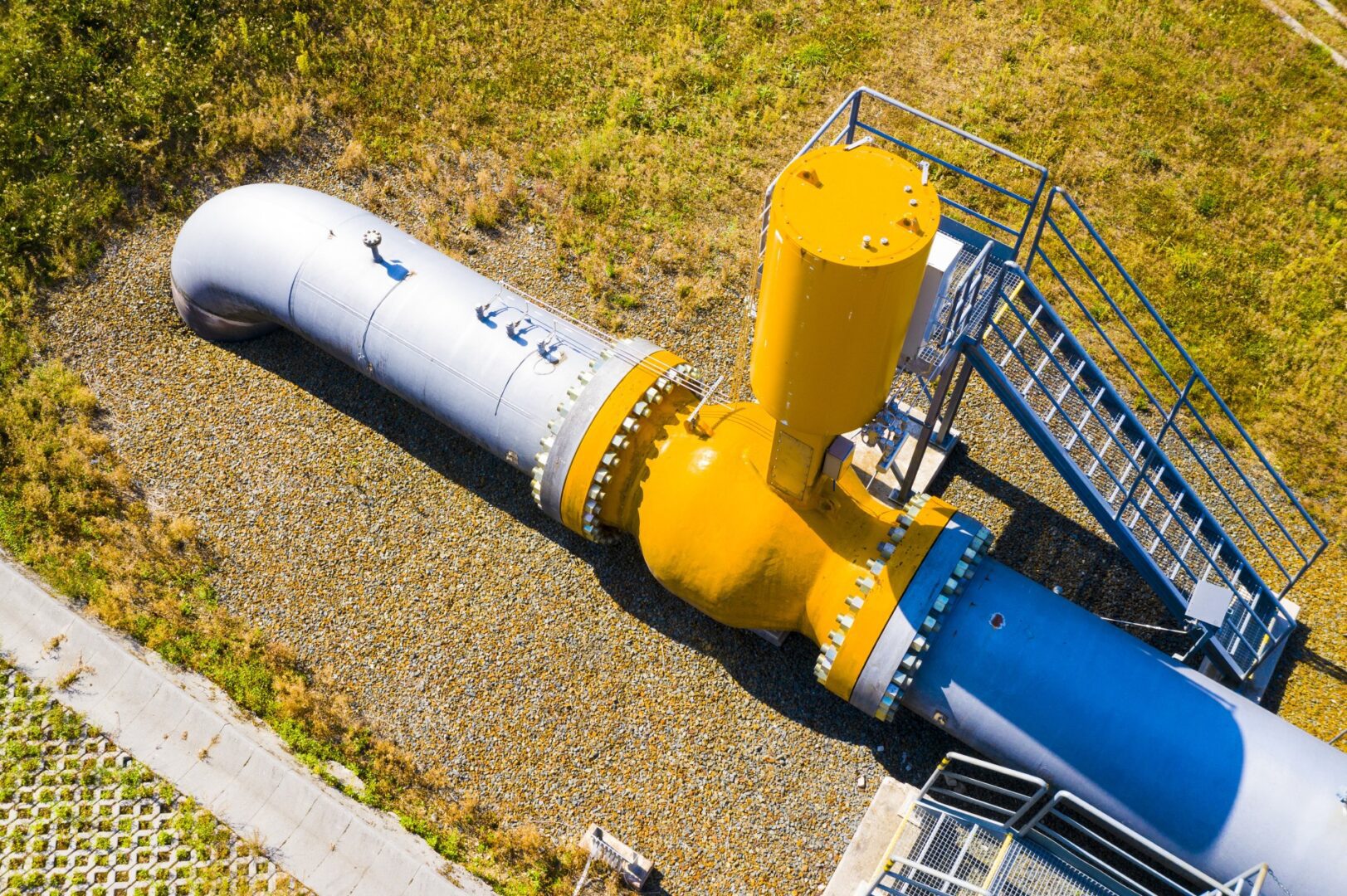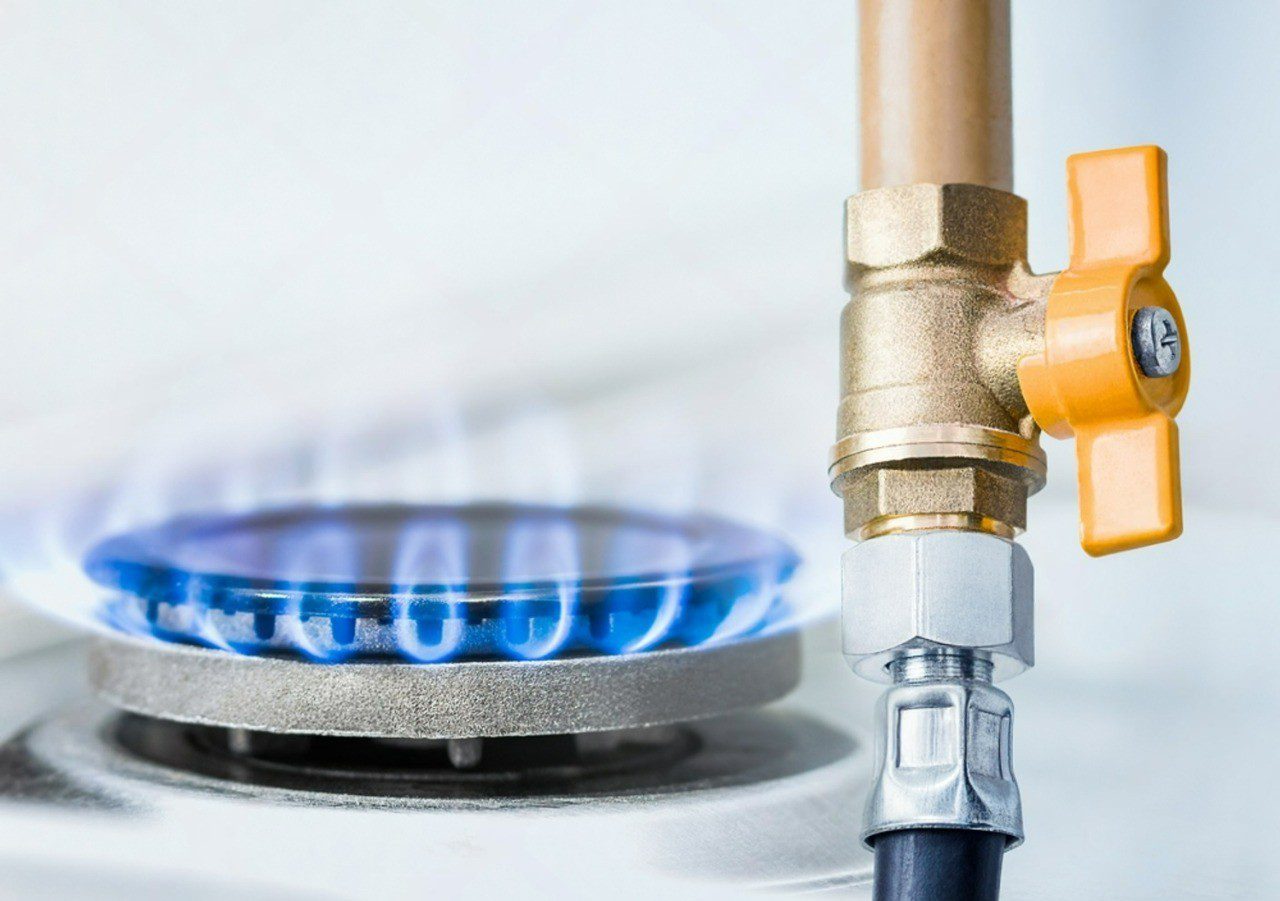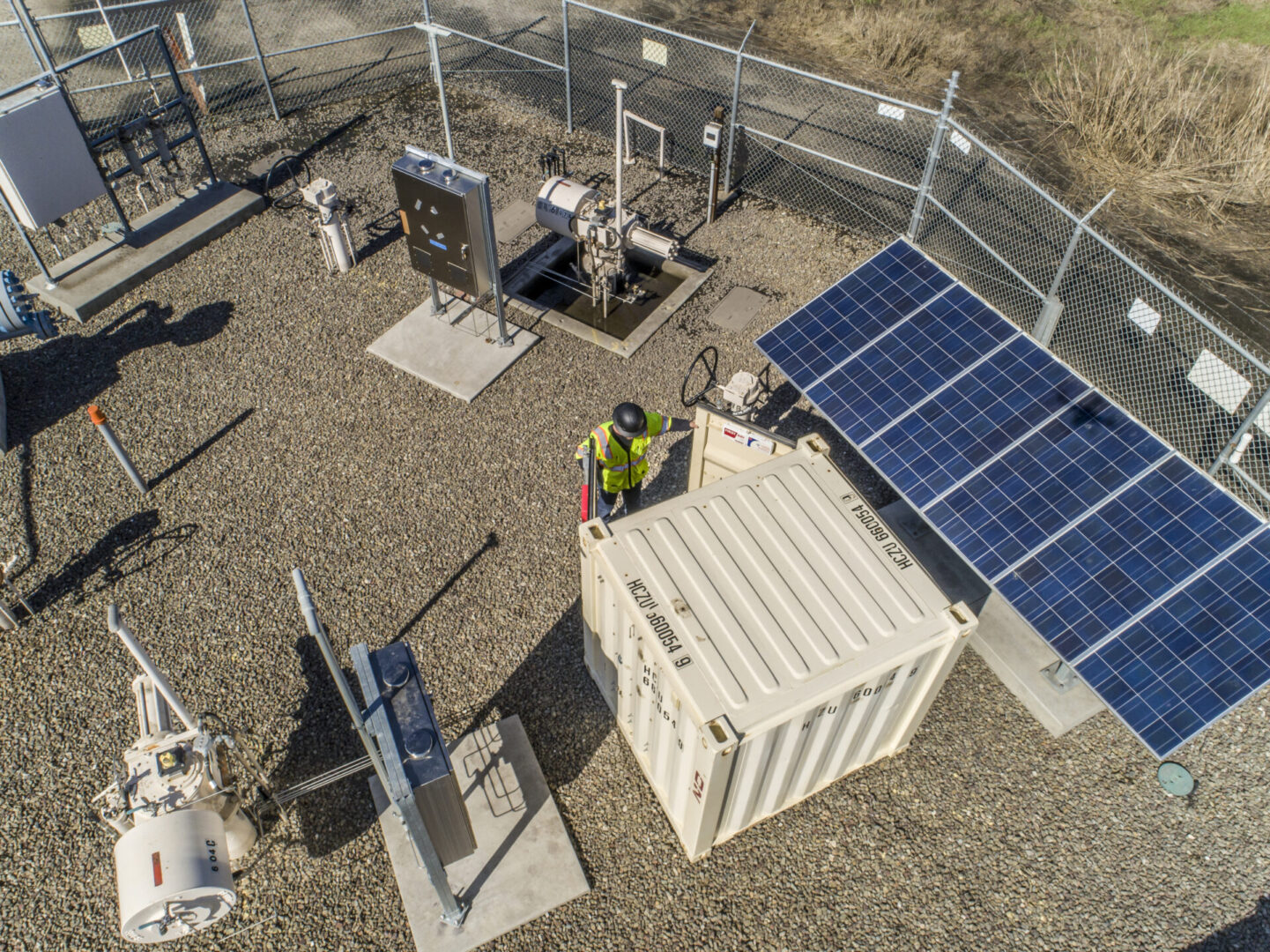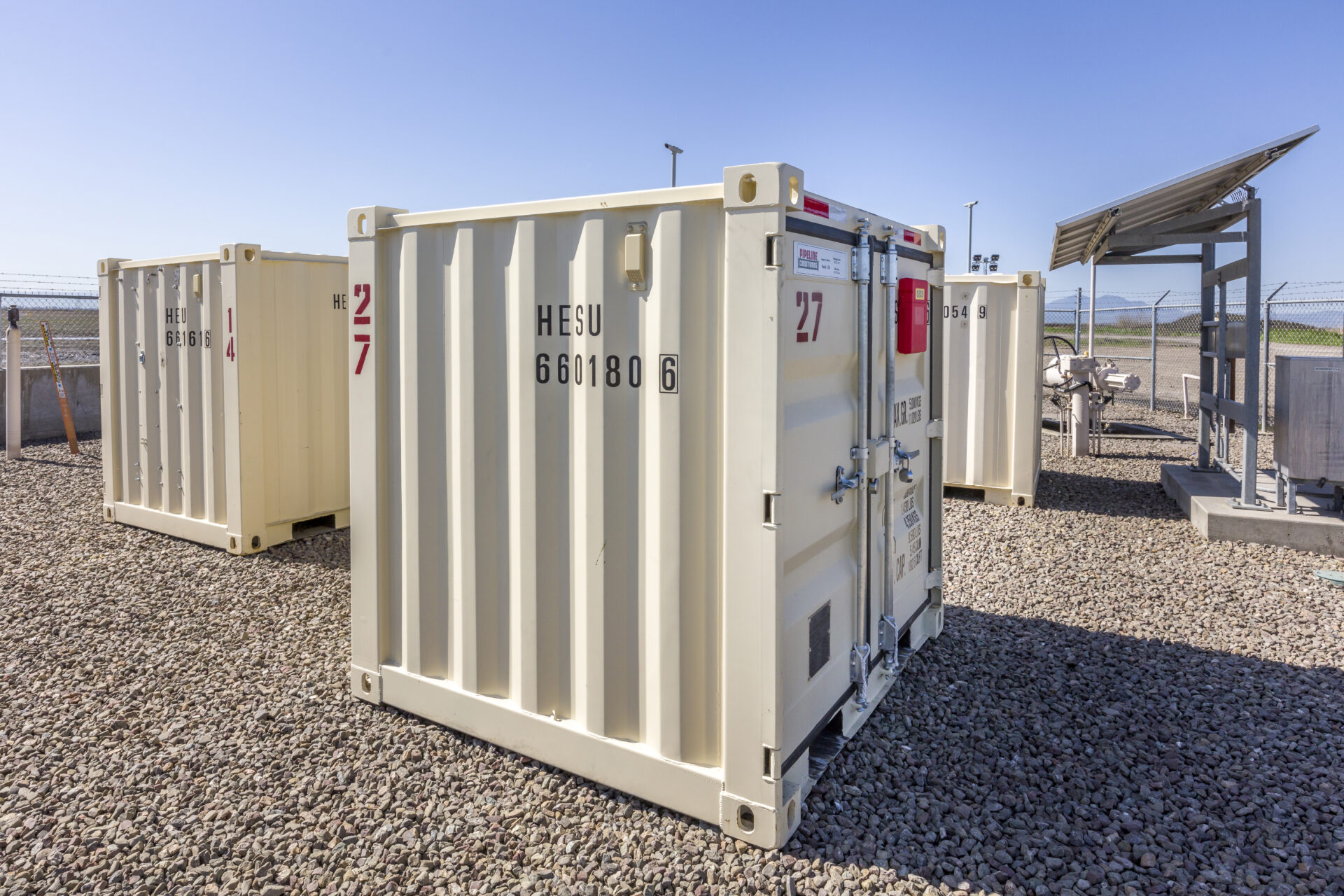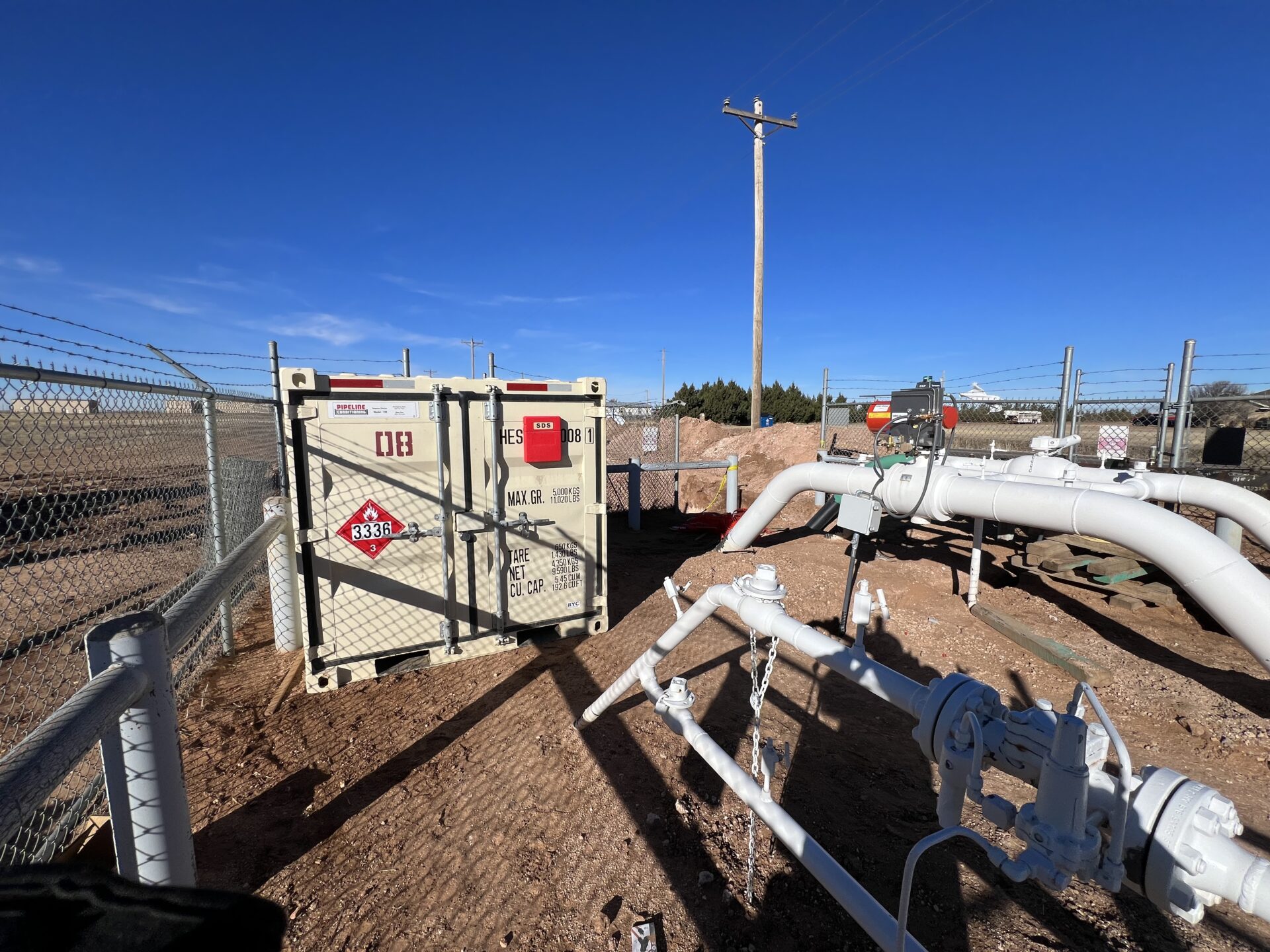
Under vs. Over Odorization: Striking the Right Balance
Finding the Sweet Spot for Safe and Efficient Gas Pipeline Operations
Odorization is essential for the safety of natural gas pipelines, ensuring that leaks are detectable by smell before they pose significant risks. The fact is that the exact level of odorization is a very sensitive issue to deal with. Under-odorization may cause safety problems, and this can further lead to legal issues, on the contrary, over-odorization might cause operational and environmental problems. The operators’ awareness of both sides of the equation is crucial for them to decide appropriately.
What Is Under-Odorization?
Under-odorization occurs when the odorant level in natural gas falls below the detectable threshold, making leaks harder to identify. This can happen due to:
• Odor Fade: The odorant can be rendered ineffective by the chemical interactions, absorption, or oxidation occurring within the pipeline.
• Improper Injection: The situation of too little odorant being added when the odorant is injected can result in the insufficient addition of odorant.
• Pipeline Conditions: The presence of low gas flow, moisture, or the operation of newly installed pipelines can worsen the odorant loss.
Risks of Under-Odorization:
• Undetected Leaks: Leaks might not be adequately traced and therefore grow to become a more serious risk to the ignition of fire, explosion, and health problems if they possess insufficient odorant.
• Regulatory Non-Compliance: Federal regulations, such as 49 CFR § 192.625, mandate that natural gas must be detectable by smell at one-fifth of its lower explosive limit (LEL). Non-compliance can lead to fines and operational shutdowns
• Increased Liability: Operators might face legal and financial issues if accidents or safety incidents occur due to under-odorization.
What Is Over-Odorization?
Over-odorization is the addition of too much odorant to the natural gas. Although it may appear to be the safer alternative, over-odorization can bring its own challenges such as:
• Overpowering Smell: Too much odorant can create an overwhelming smell which in turn can cause false alarms and unnecessary emergency response.
• Environmental Concerns: The high concentrations of the odorant may also present a problem in contamination by the odorant during leaks, which in turn can affect soil and water quality.
• Operational Challenges: The presence of over-odorization in the gas may lead to the corrosion of pipeline materials or interfere with the processes that are performed downstream, like gas purification at end-user facilities.
Risks of Over-Odorization:
• Increased Costs: Excessive odorant usage raises operational costs unnecessarily.
• Public Complaints: Residents and businesses near the pipeline may report unpleasant odors, damaging the operator’s reputation.
• Equipment Damage: Over time, higher odorant concentrations can cause wear and tear on pipeline components.
Striking the Right Balance
Finding the right balance necessitates a tailored approach through which the specific characteristics of a particular pipeline system such as dimensions, flow rates, and materials must be considered. Best practices for maintaining optimal odorization levels include:
• Regular Monitoring and Testing: Measure odorant levels at multiple points along the pipeline to ensure consistency and compliance with regulations.
• Precision Injection Systems: Use advanced odorant injection systems that allow for precise control of odorant concentration to avoid over- or under-odorization.
• Pipeline Conditioning: For new or low-flow pipelines, pickling (saturating pipelines with odorant) can prevent odor fade and ensure detectable levels of odorant from the start.
• Training and Expertise: Train personnel to understand the science of odorization and the potential risks of improper levels. Working with experts ensures a more consistent and reliable approach.
• Partnering with Specialists: Engaging a specialized odorization service provider, like Pipeline Conditioning, ensures professional monitoring, maintenance, and adjustments to meet the specific needs of your pipeline.
How Pipeline Conditioning Can Help
Pipeline Conditioning specializes in odorization issues. We excel in dealing with the challenges both under- and over-odorization brings to the process. The knowledge we share is about pipeline pickling to prevent odor fade in the new or low-flow pipelines, temporary odorization services for safety and compliance during maintenance or system transitions, and the right odorant injection system is very important as this is the only way to ensure optimal levels without waste. Our advanced mobile units and experienced field engineers can operate in diverse environments across the U.S., ensuring seamless service while prioritizing safety and efficiency.
When they partner with Pipeline Conditioning, operators can eliminate problems and make their life easier by not having to maintain proper odorant levels. From mitigating odor fade to decommissioning odorization equipment, we handle it all with a commitment to environmental responsibility and regulatory compliance. If you have questions or need assistance, give us a call—our team is ready to provide expert guidance and solutions to keep your operations running safely and smoothly.
What to Do If You Smell Gas: Recognizing and Responding to Leaks
Natural gas is one of the major forms of energy used by humans today, but it is also the one most people fear due to…
Myths and Truths About Odorization
Odorization is one of the most important safeguards in the natural gas industry, but it is also one of the most misunderstood. We hear the…
From Pipeline to Stove: The Journey of Safe Gas
Every October, Natural Gas Week gives us a chance to step back and appreciate one of the most important energy sources in our daily lives.…
The Real Cost of False Leak Calls
When it comes to odorization, one of the most common mistakes we see is over-odorization. Some contractors think adding a little extra odorant “just to…
The Benefits of Partnering with a Specialized Odorization Service Provider
Expert Solutions for Safety, Compliance, and Operational Efficiency When trying to ensure the safety of natural gas pipelines, odorization is the topmost priority. The addition…
Job Safety Best Practices: Staying Safe in Extreme Heat
As temperatures climb, so does the risk of heat-related illness on pipeline projects. Whether you’re operating a valve trailer in West Texas or overseeing a…
The Importance of Pipeline Pickling for Residential Buildings: Keeping Urban Living Safe
Protecting High-Rise Residents with Proper Pipeline Conditioning and Odorization From the luxury apartments of Manhattan to the sleek towers of Los Angeles and Chicago, high-rise…
Steel vs. PE Pipes: Evaluating Costs and Material Selection for Natural Gas Pipelines
Selecting the appropriate material for natural gas pipelines is a critical decision that impacts both initial investment and long-term operational efficiency. Steel and polyethylene (PE)…
From Frustration to Foundation: How One Engineer’s Mission Became Pipeline Conditioning
From Frustration to Foundation: How One Engineer’s Mission Became Pipeline Conditioning In an industry where too many things are done out of habit, Pipeline Conditioning…
Temporary Odorization and Why Doing It Yourself Might Just Be Costly
The Hidden Costs of DIY Odorization: Why Expert Solutions Save Time, Money, and Risk Quick problem-solving is everything in the natural gas world, especially when…
